Glycyrrhiza Profile
Written by admin
Nov 03 2020
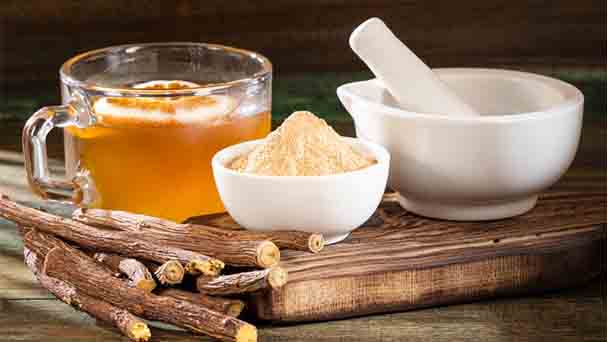
Glycyrrhiza is a perennial herb of the leguminous family and the genus Glycyrrhiza, with strong roots and rhizomes. It is a tonic Chinese herbal medicine. It is a kind of medicine that is very good for the human body. The medicinal parts are roots and rhizomes. The roots of the medicinal materials are cylindrical, 25-100 cm long, and 0.6-3.5 cm in diameter. The outer skin varies in tightness, and the surface is reddish-brown or grayish brown. The rhizome is cylindrical, with bud marks on the surface and pith in the middle of the section. The smell of such a plant is sweet and special. The function mainly treats heat-clearing and detoxifying, expectorant and relieving cough, abdominal abdomen, etc. It prefers a dry climate with long sunshine and low temperature. Glycyrrhiza grows mostly in arid and semi-arid desert grasslands, desert edges, and loess hilly areas. The roots and rhizomes are used for medicinal purposes.
Glycyrrhiza morphological characteristics
Glycyrrhiza is a perennial herb with thick roots and rhizomes with a diameter of 1-3 cm. The outer skin is brown and the inside is light yellow with sweetness. The stem is upright, multi-branched, 30-120 cm high, densely covered with scaly glands, spiny glands, and white or brown hairs.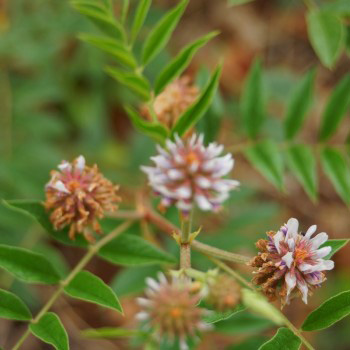
Racemes are axillary, with many flowers, total peduncle shorter than leaves, densely brown scalelike glands and pubescent; bracts are oblong-lanceolate, 3-4 mm long, brown, membranous, and yellow outside Glandular dots and pubescent; the calyx of licorice is bell-shaped, 7-14 mm long, densely covered with yellow glandular dots and pubescent, the base is oblique and swollen into a sac shape, calyx teeth 5, nearly as long as the calyx tube, Most of the upper 2 teeth are connected.
Glycyrrhiza growth habit and growing environment and distribution
Glycyrrhiza grows mostly in arid and semi-arid sandy soils, desert edges, and loess hilly areas. It is also easy to multiply in the fields and river beaches of the Yellow River irrigation area. It has strong adaptability and strong resistance to adversity.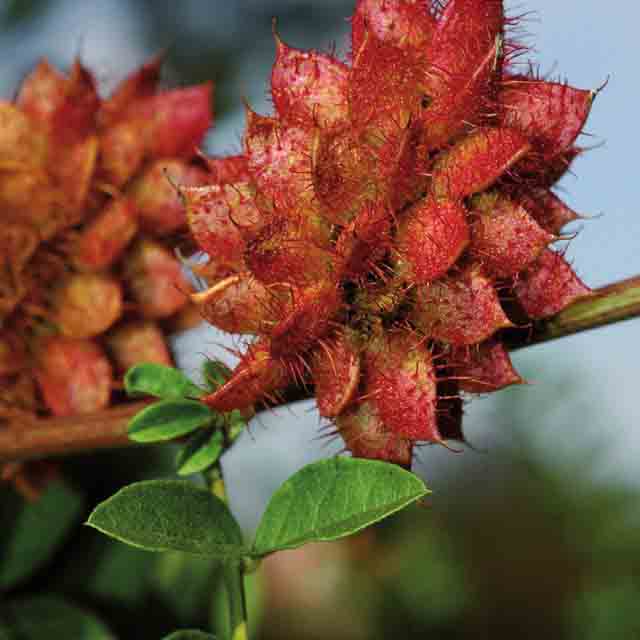
Glycyrrhiza is a herbaceous plant distributed in Asia, Europe, Australia, America, and other places.
Glycyrrhiza is mainly distributed in Xinjiang, Inner Mongolia, Ningxia, Gansu, and Shanxi Shuozhou. Artificial planting of licorice is mainly produced in the Hexi Corridor of Xinjiang, Inner Mongolia, Gansu, the periphery of Longxi, and parts of Ningxia.
Glycyrrhiza efficacy and role
1. The hypoacid contained in licorice can block the effect of carcinogens in inducing tumor growth.2. Glycyrrhiza is used for carbuncle sores, sore throat, etc. It can be used alone, orally or externally, or in combination. Carbuncle and sore, often used the same as honeysuckle and forsythia, to clear away heat and detoxify together, such as Xianfang Huoming Decoction. Sore throat, often used with Lisianthus, such as Lisianthus soup. If pesticides or food are poisoned, it is often combined with mung beans or decoction with Fangfeng Shui.
3. Glycyrrhiza is used for asthma and cough.
4. Glycyrrhiza is used for stomach pain, abdominal pain, and acute pain of gastrocnemius contracture. It is often used together with peony, which can significantly enhance the curative effect of treating the acute pain of contracture, such as peony and licorice soup.
5. Glycyrrhiza is used to reconcile the potency of certain drugs. For example, seasoning Chengqi Decoction uses this product to relieve the diarrhea of rhubarb and Glauber's salt and its irritation to the gastrointestinal tract. In addition, this product is often used to reconcile various drugs in many prescriptions.
6. Glycyrrhiza has similar effects as adrenal cortex hormones. It has an inhibitory effect on the hypersecretion of gastric acid caused by histamine; and has the effect of antacid and relieve gastrointestinal smooth muscle spasm.
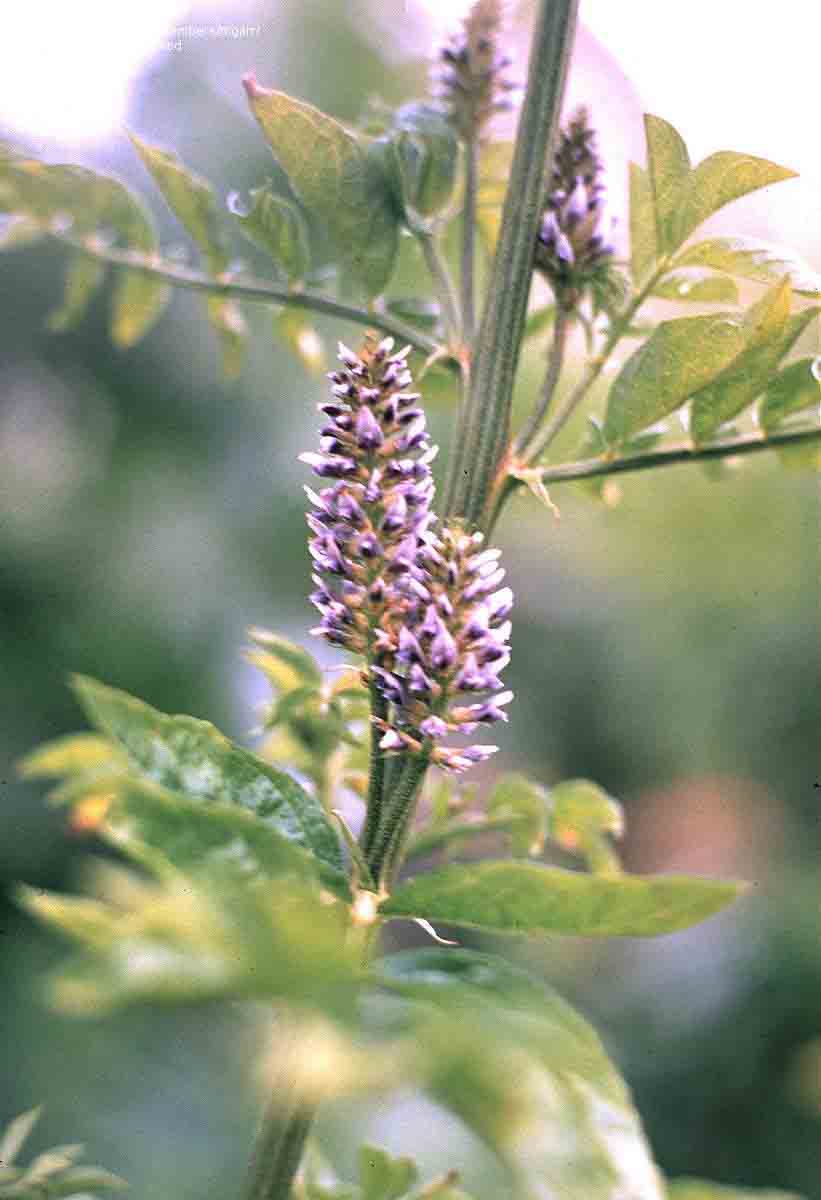
8. Glycyrrhiza also has anti-inflammatory and anti-allergic effects and can protect the inflamed throat and tracheal mucosa. Glycyrrhiza extract and glycyrrhizic acid have detoxification effects similar to glucuronic acid for certain poisons.
9. Glycyrrhiza is often used to treat symptoms that come with menopause. Because licorice contains glycyrrhizin, which is a hormone-like compound, it helps balance the hormone content in women.
Glycyrrhiza cultivation
Soil selection
For glycyrrhiza cultivation, the groundwater level should be below 1.50 meters, with good drainage conditions, the thickness of the soil layer is greater than 2 meters, there is no internal compaction layer, the pH value is about 8, and the sandy soil with convenient irrigation is better. It is best to turn the ground in autumn. If it is too late, turn it in spring, but you must ensure the soil moisture, break up the rubble, and level the ground, otherwise it will affect the whole seedlings and strong seedlings.Variety selection and seed treatment
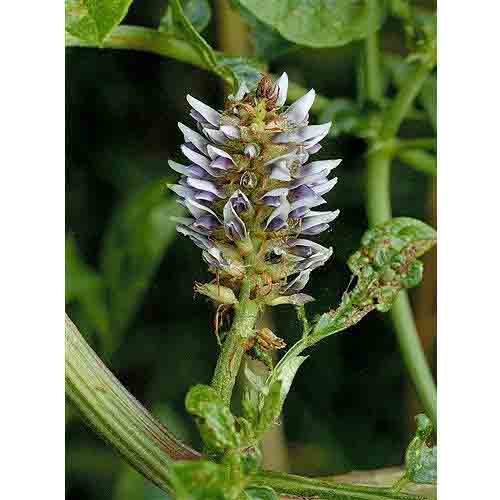
Sowing
Glycyrrhiza can be sown in three seasons: spring, summer, and autumn. Among them, summer is the best sown in May. At this time, the temperature is higher, the seedlings emerge quickly, and there is a longer growth period before winter. Before planting, you'd better apply high-quality farmyard manure 4000 kg per mu and 35 kg diammonium phosphate per mu as base fertilizer.Latest Updated
- Benefits of Bugleweed - 7 Science-backed Health Benefits
- Bugleweed Dangers & Side Effects - Is It Poisonous?
- How to Plant Evergreen Trees - What You Should Know
- When to Plant Evergreens - Grow Guide for Evergreen Trees
- 12 Wonderful Evergreen Shrubs for Your Garden
- 12 Popular Evergreen Plants with Pictures for Beginners
- When And How To Prune A Lilac Bush Like a Pro
- How to Grow & Care for Lilac Vine (Hardenbergia Violacea)
- Japanese Lilac Tree (Syringa Reticulata) Care & Propagation Guide
- Shumard Oak Pros and Cons - What to Know
Popular Articles
- Winter maintenance of Antirrhinum Majus
- How to Grow Terminalia Mantaly Tree
- How to Grow and Care for Crossostephium Chinense
- How to grow Antirrhinum Majus in spring
- Peristeria Elata (Dove Orchid) Profile: Info & Care Guide
- Underwatered Snake Plant (Sansevieria Trifasciata) - Signs And How To Fix
- How to Care for Brazilian Jasmine Plant (Mandevilla Sanderi)
- How to Grow & Care for Graptopetalum Purple Delight in Summer
- Rosa Chinensis (China Rose): Plant Growing & Care Tips
- How to Care for Baby Sun Rose (Aptenia Cordifolia)